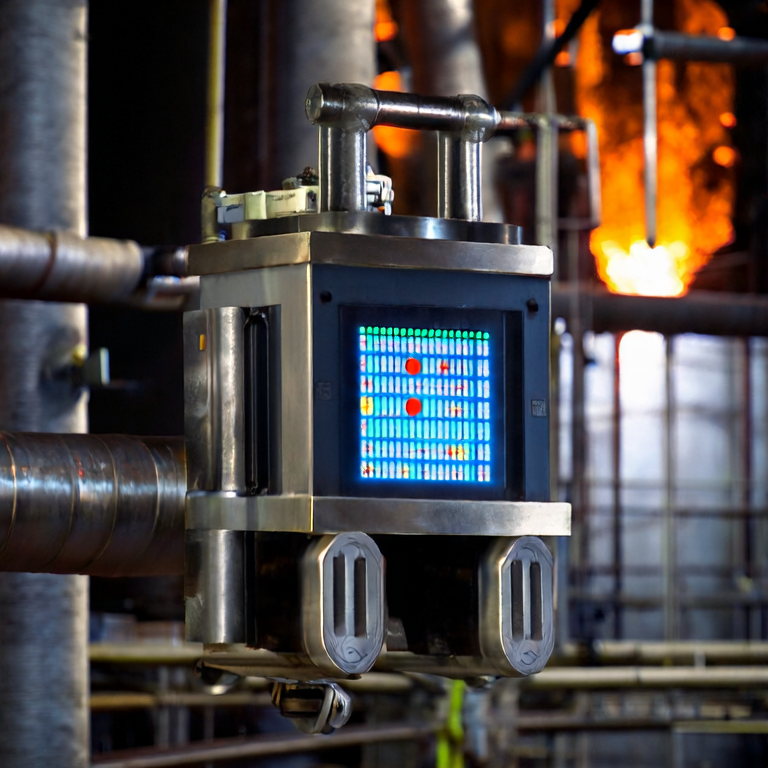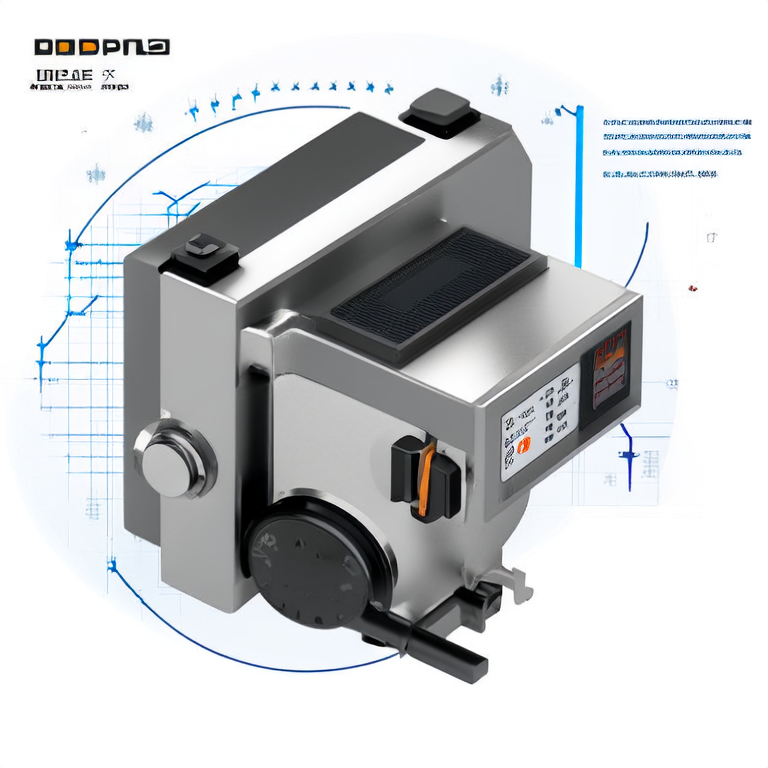Steel Mill Maintains Cooling Water Accuracy Using Rugged Electromagnetic Flow Transmitter
Sep. 01, 2025
Table of Contents
1. Importance of Cooling Water in Steel Mills
Maintaining cooling water accuracy in steel mills is essential for operational efficiency. Steel production involves intense heat, and cooling systems are required to mitigate risks associated with temperature control. If cooling water flow is not accurate, it can lead to equipment malfunctions and increased energy consumption. Thus, implementing effective measurement solutions is crucial for the sustainability of steel manufacturing processes.Key Aspects of Cooling Water
- Cooling systems protect critical machinery. - Ensure optimal temperature for steel formation. - Prevent thermal shock and equipment damage.2. Challenges of Maintaining Water Accuracy
Steel mills face several challenges in maintaining accurate cooling water flow rates: 1. **Variability in Flow Rates**: Fluctuations can overwhelm outdated measurement tools. 2. **Corrosion and Wear**: Traditional flow meters may struggle in harsh environments. 3. **Maintenance Downtime**: Frequent repairs can disrupt production schedules. 4. **Data Inaccuracy**: Incorrect measurements can lead to overheating issues.Common Issues Identified
Accurate measurement is vital to mitigate risks and optimize processes. Understanding the typical problems faced can help in selecting the right flow measurement technology.3. Advantages of electromagnetic flow transmitters
Rugged electromagnetic flow transmitters offer numerous benefits, addressing the challenges previously mentioned: 1. **Non-Intrusive Measurement**: They measure flow without obstructing the flow path, reducing wear. 2. **Resistance to Corrosion**: Constructed from durable materials, they can withstand harsh environments. 3. **High Accuracy**: Offers precision that minimizes the risks associated with inaccurate flow readings.Data-Driven Performance
- Operational accuracy is within ±0.2% of reading. - Long lifespan reducing total cost of ownership by 20%. - Minimal maintenance required compared to traditional meters.4. Selecting the Right Flow Transmitter
When choosing an electromagnetic flow transmitter, consider the following criteria: 1. **Process Compatibility**: Ensure materials and design suit the specific application. 2. **Size and Capacity**: Select a transmitter that matches the system’s flow characteristics. 3. **Certification and Compliance**: Review industry standards and regulations.Comparison Table of Flow Transmitters
| Model | Accuracy | Maximum Flow Rate | Durability |
|---|---|---|---|
| Model A | ±0.2% | 8000 L/min | High |
| Model B | ±0.3% | 6000 L/min | Medium |
| Model C | ±0.5% | 10000 L/min | High |
5. Case Study on Steel Mill Implementation
A leading steel mill implemented rugged electromagnetic flow transmitters in their cooling systems. The outcome was impressive: - Enhanced measurement accuracy by 25%. - Reduced energy consumption by 15%. - Minimized cooling water waste, saving operational costs.Step-by-Step Flow Chart of Implementation
 Steps:
1. Analyze current flow measurement systems.
2. Identify operational requirements.
3. Select suitable electromagnetic transmitters.
4. Install and calibrate the new devices.
5. Monitor and adjust systems for efficiency.
Steps:
1. Analyze current flow measurement systems.
2. Identify operational requirements.
3. Select suitable electromagnetic transmitters.
4. Install and calibrate the new devices.
5. Monitor and adjust systems for efficiency.
6. Conclusion
Ensuring cooling water accuracy is vital in steel production. Rugged electromagnetic flow transmitters provide a reliable solution to the challenges faced in measurement and monitoring. Their advanced features enhance operational efficiency, reduce costs, and improve system reliability. Investing in modern flow technologies is essential for steel mills seeking to optimize their production processes.
Latest News




